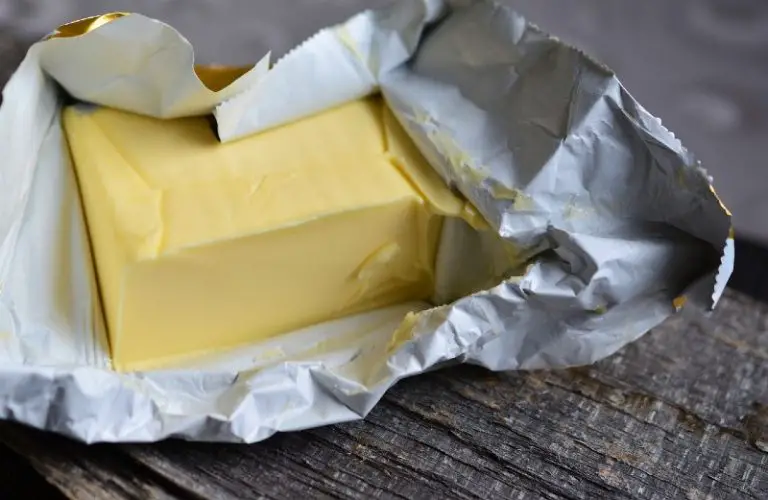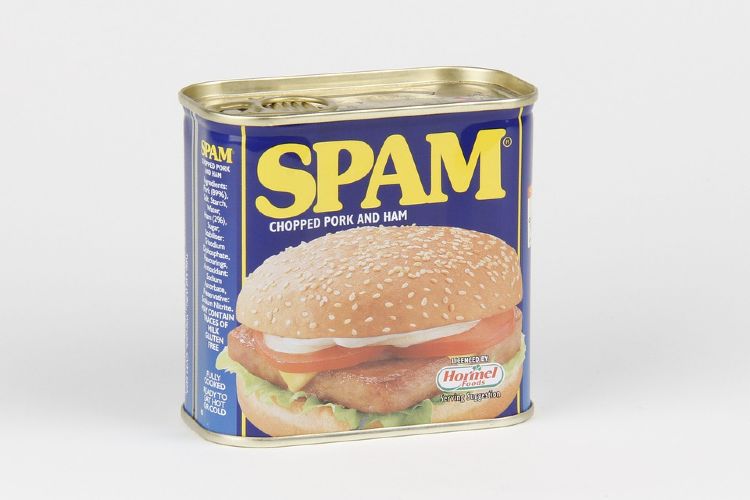Slow Food Cheese and The Alba Truffle Fair 2011
My fridge is still crammed with delicious cheeses purchased during the Slow Food Cheese 2011 festival. The biennial event, which brings to the town of Bra for one weekend in September the best artisanal cheesemakers and affineurs from all over the world, is still imprinted in my memory and palate.
Bra is a rather small town in the quiet Langhe region, home to just 30 000 people, and such a significant event literally changed its atmosphere completely during its duration. Crowds of international tourists were filling all the restaurants, bars and cafes, enjoying the local specialties: agnolotti (filled pasta), salsiccia di Bra (the local pork sausage) and tajarin (long, fresh, handmade pasta). Caffé Converso, the oldest café in town, was serving cappuccini and ice cream cornetti at full steam.
All along the main roads and in all the town’s piazze, hundreds of stalls were showcasing excellent cheeses from all the continents, even from some African communities which were offering yoghurt with ash to the curious crowds. Astonishing Slow Food Presidia cheeses such as Caciocavallo Podolico, Heritage Bitto, Castelmagno d’Alpeggio and Somerset Cheddar delighted my taste buds for four days. Some of the cheeses came home with me, in a little bio-degradable bag, to be enjoyed in the following weeks.
Ten days passed from that big event and already a new and even more important food festival was ready to open its gates: the 81stAlba White Truffle International Fair. Alba and it’s surrounding landscape are, supposedly, where the best and most precious white truffles grow. Truffles are wild mushrooms that grow in the spores created by tree roots, but they can only be found in certain places and under some very particular conditions. Alba is one of those places, and affirming that a white truffle comes from there speaks volumes about its quality and rarity. Unfortunately, the label is often overused, and in many restaurants and shops fraudulent traders are just around the corner, to take advantage of unsuspecting buyers.
In the Langhe region, being a truffle hunter or a trifolao is a profession, now mainly practiced by older people. A specific license from the regional authorities is required, which can be obtained after passing a very strict test. This procedure, together with the natural characteristics of the species, make truffle hunting quite a sustainable practice. Firstly, truffles grow best in conditions like humid, unspoiled forests. Truffle hunters put a lot of effort into not damaging either the soil or the tree roots while digging with equipment or dogs, and this includes recovering every hole they dig. Secondly, white truffles (Tuber Magnatum Pico) are wild mushrooms, which cannot be cultivated, and thrive only in uncultivated soil. Thus, it is not in the interest of truffle hunters to interfere with the natural processes of truffle growth and spread in any way, or damage the untouched habitat that procures this delicacy.
During the Truffle Fair, which lasts from the beginning of October to the end of November every year, all the streets of Alba, a town about the same size of Bra, are full of little stands with local specialties and truffle-based products: spreads, honeys, creams, butter, preserves and so on. Halfway through the main street is a big pavilion where the actual fair takes place. Visitors can enter by paying a 2-Euro fee, or buying an 8-Euro ticket that includes both the entrance fee and wine tasting. The scent of truffles draws visitors to the entry of the big salon, which showcases truffle hunters and sellers in the middle of the room with other food specialties from the region (selling hazelnuts, cheeses, salumi and wine) round the periphery.
When I passed by, vendors opened their little transparent cases to let me admire their precious finds. “Go on, smell it!” an old guy with a traditional blue and red checked handkerchief in his pocket beckoned me. I nodded and stuck my nose into the container to sample the aroma of the truffle. The smell was pretty striking: I could identify the moist, dank notes of a damp cellar, mushrooms, gasoline and soil. I had never eaten white truffles before and I was still not sure if I was going to like them or not. It is interesting how people either love it or hate it. The smell is pretty pungent and calls for decisive opinions. “Thank you”, I said, and walked away quickly. Truffle prices are too high for a student – intern such as myself: even the smaller, less expensive ones were 1800-2000 Euro a kilo. I will have to wait until next year.
From a short conversation with a young girl attending a stall, maybe while the trifolao was having a snack and a glass of wine at the nearby Enoteca wine bar, I got to know a little more about the tacit, Masonic rules of truffle hunting. The season, regulated by archaic regional laws, starts at the beginning of October and ends at the beginning of January. There are special places called trifolaie, where everybody can go to hunt truffles, but of course, they are not the best spots. Hunters often negotiate private agreements with land owners to go and hunt in their fields, where they think they will find just the right tree with roots full of hypogeum mushrooms. In this case, the hunt happens at night, when nobody else can see where the hunt is taking place. If a tree produces a big truffle, it is likely to produce it the next year and the one after that and so on. Where the hunters manage to find the biggest truffles is a top secret and local legend has it that trees have been cut and dogs poisoned out of revenge. Truffle hunting is a very profitable war zone.
Besides the main channels, many locals in the Langhe have their own dealer, someone that has hunters among his list of friends. It might be the pharmacist or the bar tender: whoever is local to this area will always find a way of buying truffles more cheaply than the market price. As for me, I’ve lived here for just one and a half years, which is by no means long enough to enter the secret fraternity.
Contact Details
Valeria Necchio’s food Blog: www.mylifemylovefood.blogspot.com
Valeria’s portfolio: www.valerianecchio.carbonmade.com
Follow Valeria on twitter: @valerianecchio

